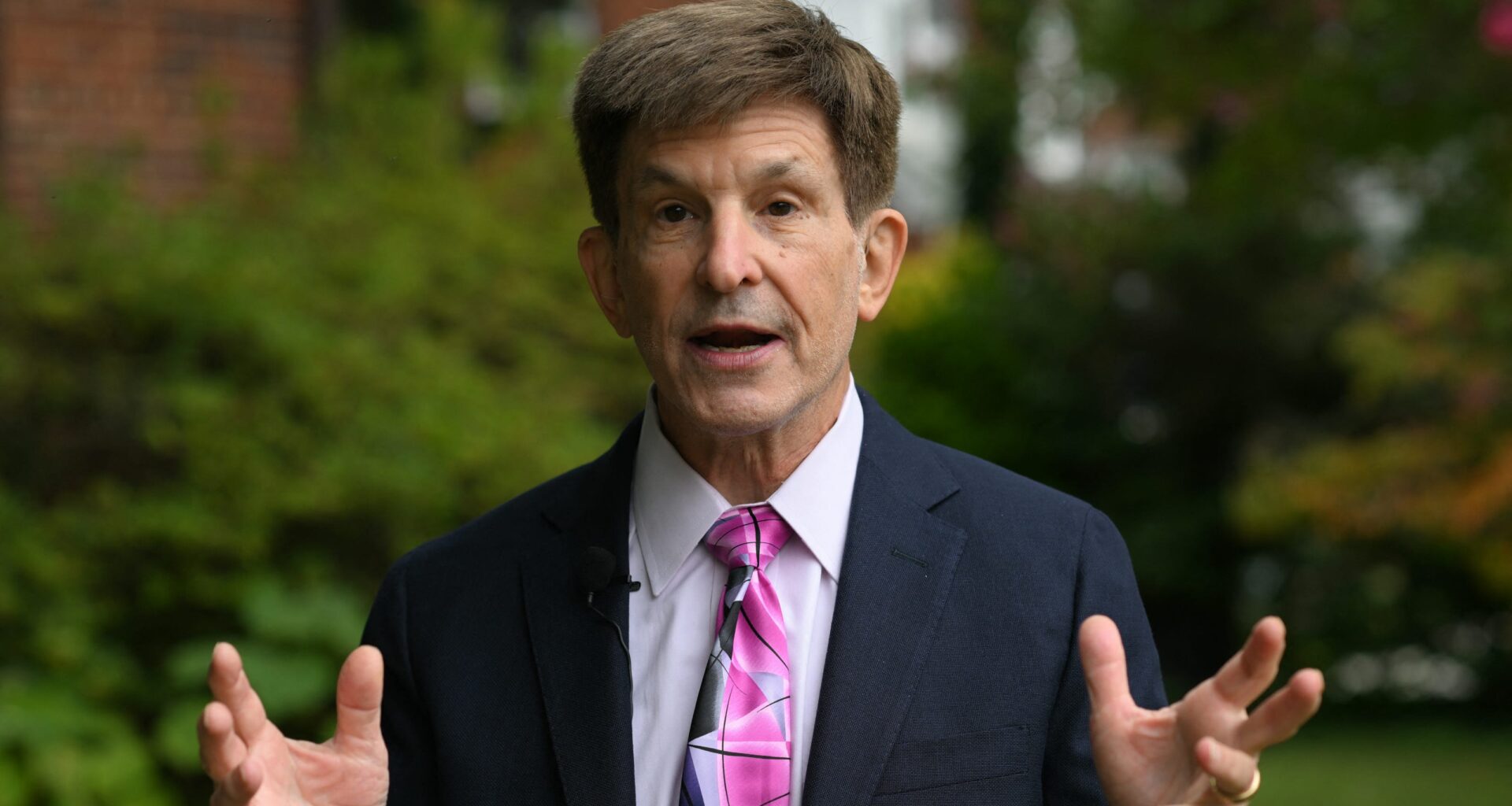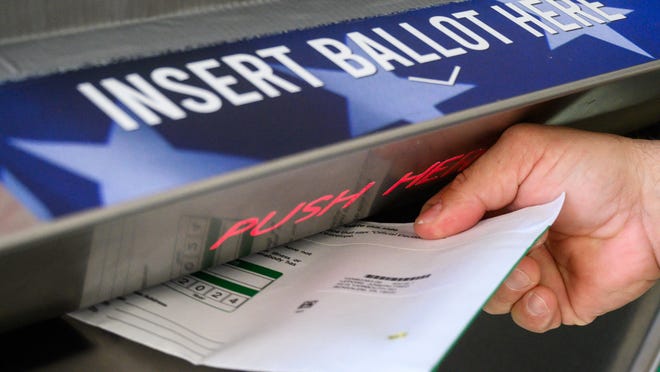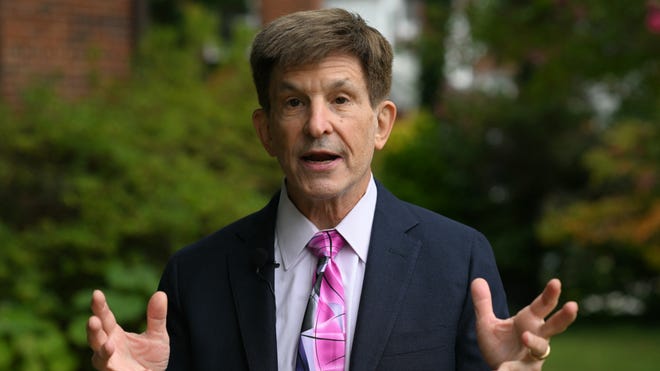
WASHINGTON – As voters look to polls and political analysts for insight into who might win the presidency on Tuesday, a feud between two of the nation’s leading election prognosticators, Allan Lichtman and Nate Silver, will soon be put to the test.
Lichtman, an American University professor who has correctly predicted 9 out of 10 of the last presidential elections, has forecasted a win for Vice President Kamala Harris.
Silver, the statistician and pollster who founded FiveThirtyEight, wrote recently in the New York Times that the race is a virtual tie, but his “gut” tells him former President Donald Trump will likely prevail.
More:Who’s winning the election? Legendary predictor Allan Lichtman has ‘crows’ in his stomach
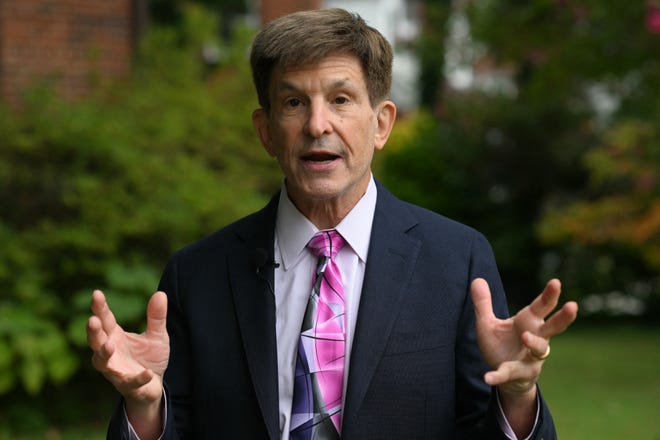
The pair have squabbled on social media about the validity of their respective methods.
Sign-up for Your Vote: Text with the USA TODAY elections team.
In September, Silver questioned whether Lichtman was correctly assessing the “13 keys” he uses to project election results, arguing that the professor’s system actually favored Trump. Lichtman shot back that Silver, whose background is in economics, was “not a historian or a political scientist,” and had been wrong in the past.
“At least 7 of the keys, maybe 8, clearly favor Trump. Sorry brother, but that’s what the keys say. Unless you’re admitting they’re totally arbitrary?” Silver posted on social media.
So, whose prediction is more accurate? And how do they reach those conclusions in the first place?
More:Historian who correctly predicted 9 of last 10 presidential elections picks Harris, still
Forecasting approaches
Lichtman devised the metrics he uses for his election forecast more than three decades ago with the help of an earthquake specialist and mathematician from Moscow named Vladimir Keilis-Borok.
The system, dubbed the “13 Keys to the White House” uses – you guessed it – thirteen true-or-false statements rooted in historical analysis about the state of the country, the parties and the candidates to determine who will win.
It includes questions about whether there is a third-party challenger, whether “the White House party is avoiding a primary contest” and whether either candidate is charismatic.
The method doesn’t account for how campaign messaging or major events like debates influence voter sentiment. Lichtman often makes his assessment several months before the election and does not change it unless major foreign policy events occur.
When six or more of the statements are true, the challenging party is expected to win. When five or less are false, the incumbent party is expected to win. In 2024, Lichtman said at least eight of the keys favor Harris.
But Silver uses an entirely different strategy and set of data points to examine the state of an election.
He builds probabilistic statistical models based on national and state polling, economic data points, likely voter turnout and other factors. The model also adjusts for discrepancies in the polls it aggregates and weights more heavily pollsters it considers more reliable.
More:Historian’s final prediction is for Kamala Harris to win 2024 presidential election
Prediction records
Lichtman has correctly predicted the outcome of 9 out of the 10 most recent presidential elections, dating back to 1984. The one he got wrong? The 2000 presidential race where George W. Bush beat Al Gore.
Silver gained national recognition in 2008 when his statistical model correctly forecasted the outcome of the presidential election in 49 of the 50 states. His model has since predicted the outcome of the presidential race in 2012 and 2020. During the 2016 election, Silver’s model suggested a likely victory for Hillary Clinton but gave Trump around a 30% chance of winning – much higher than most other prognosticators.
Election 2024 is here.Sign up for USA TODAY’s On Politics newsletter for breaking news and exclusive analysis.
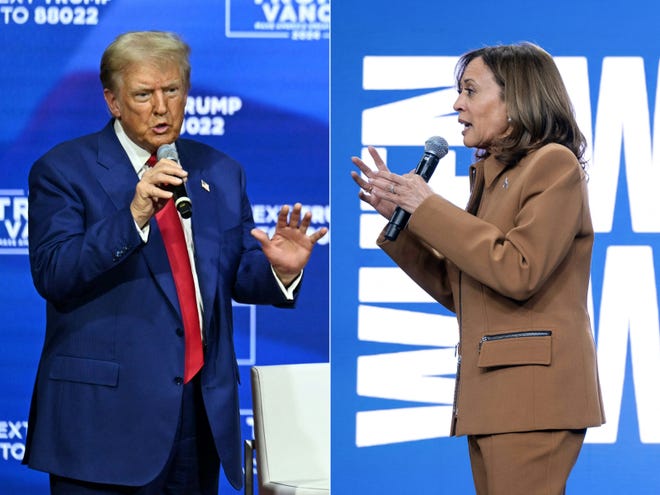
That depends on who you ask.
Thomas Miller, director of Northwestern University’s data science program, argued that both Silver and Lichtman’s strategies are “wrong in different ways.” Miller created an election forecasting system of his own combining 60 years of historical analysis and data from the betting market Predict It.
He suggested Lichtman’s model fails to account for how campaign messaging and major events change public sentiment throughout the final months of an election.
“According to Lichtman, nothing the campaigns do really matters. The messaging doesn’t matter, the positioning doesn’t matter … because it’s all predetermined, in a sense, by history,” Miller said. He also questioned whether the economic metrics that Lichtman uses, which look at U.S. gross domestic product, accurately target perceptions about the economy.
More:Forget the polls? Prediction fever takes over Trump vs. Harris 2024 election
This year, for instance, inflation is a major issue for many voters. The U.S. economy is performing relatively well, but voters aren’t necessarily feeling that.
But Lichtman pushed back against those claims and said that his economic analysis is objective and rooted in history dating back to 1860. Each key is tightly defined based on that analysis, Lichtman said. He argued that the absence of campaign events from his keys is one of the reasons they’ve been so successful.
“What some say is the weakness of the keys… is the strength of the keys because it looks at fundamentals, not the ephemeral events of the campaign,” Lichtman said. He said the structural model reflects how American presidential elections actually work.
More:Harris’ laugh, Trump as a teenage girl: Viral candidate impersonators weigh in on election comedy
Miller also saw flaws with Silver’s approach, namely that he relied too heavily on polling data, which varies and is fallible. If the polls are inaccurate, Silver’s predictions will be inaccurate.
Weighting polls based on what groups of people are more likely to vote can also be complicated, Lichtman asserted. Polls can, and have, underestimated the number of Democrats and Republicans who turn out for an election, for instance.
David Wasserman, an elections analyst for the Cook Political Report, said that despite the variability, he found Silver’s approach “methodologically more rigorous.”
“Lichtman is comically overconfident and doesn’t own up to the subjectivities in his method,” Silver said in late September, “but you’ll legit learn a lot about presidential elections by reading his work, and he’s at least putting himself out there making testable predictions.”
Wasserman said he believed Silver’s approach was better at “conveying to the public where elections stand,” in part, because it “acknowledges that there is uncertainty inherent in polling and future events.”
“I’m of the belief that campaigns do matter… and that the candidate’s choices affect how voters think,” he said. “I do put more stock in Silver’s approach because it can account for those factors.”
At their core, however, the models are entirely different.
Where Lichtman’s model looks to the established patterns of past elections to predict future presidential votes, Silver’s provides insight into how views of the American electorate shift over weeks and months.
